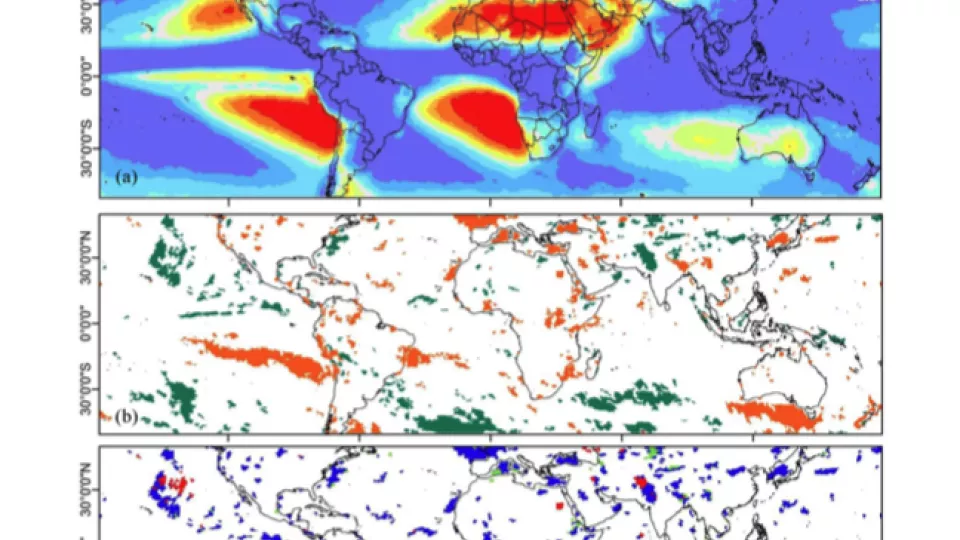Ordinary linear regression models have been widely used for trend analysis in many related studies. This procedure implicitly assumes that precipitation changes linearly, which may not always be the case. By using a polynomial fitting‐based scheme, the results indicate that 12.3% of pixel‐based precipitation time series across the globe have a significant trend, either linear or nonlinear. The linear trend in precipitation is the dominant trend type.
The nonlinear trends occur much less frequently and more widely scattered over the globe. However, the nonlinear trends are credible patterns of change in precipitation. In all continents, except Asia, the decreasing trends covered larger areas than the increasing trends. Over lands, the precipitation trend is increasing and observed more frequently in the Northern Hemisphere (especially in Asia).
This study provides a large‐scale comprehensive perspective of precipitation change and trend types over continents and oceans.


